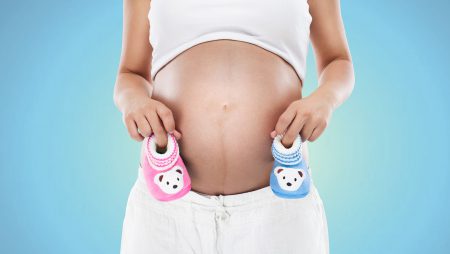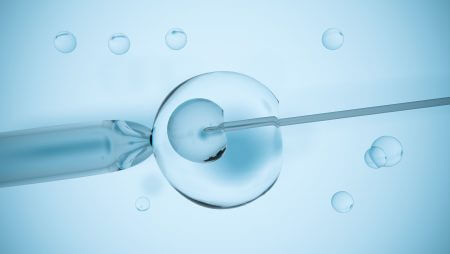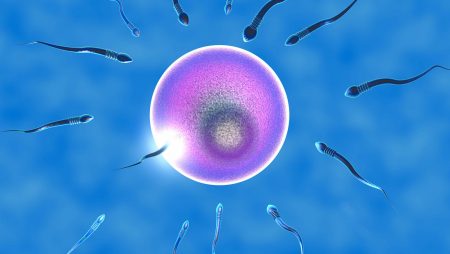What is Egg Freezing?
As women age, the chance of pregnancy decreases due to the decrease in the number and quality of eggs. For this reason, many women may have to plan their lives in a way they do not want to have children even though they are not ready.
1% of women worldwide may face the risk of early menopause. Factors such as stress, unhealthy diet, and smoking also trigger this.
Egg freezing is the process of stimulating the ovaries and collecting them under anesthesia, selecting the healthy ones and storing them frozen.
This situation, especially for women who have to give up on their career or education-related goals or dreams, is now a thing of the past with today’s medical technology.
This application was first successful in Australia in 1986 and it has been started to be done in many countries with the birth of a healthy baby. Thanks to this, thousands of live births have occurred to date.
Thanks to this successful egg freezing program, eggs can be stored for many years and can be thawed and used when pregnancy is considered. When egg freezing is done at a young age, even if the woman gets older, the age of the cell remains young since the eggs belong to the year they were frozen. The success rate of IVF performed with young eggs will be quite high.
While you may have a chance to become a biological mother in the future with the opportunity to store your eggs indefinitely, it is useful to know that you are not guaranteed to have a baby.
Egg freezing does not harm the ovaries and does not affect the number of eggs. Freezing these collected eggs does not harm the cells and therefore the baby to be born.
In virgins, the egg collection process is performed by entering the ovaries from the abdominal region under ultrasound guidance, and in non-virgin women, it is performed vaginally.
The most ideal and recommended egg freezing time is in the 20s, but today, women only feel anxious and need to take action when they are over 30. This situation is definitely reflected in the number and quality. For this reason, the importance of this issue should be well understood and as many people as possible should be made aware.
Egg Freezing Treatment :
The treatment starts on the 2nd or 3rd day of the expectant mother’s menstrual period. If there are no conditions such as asynchronous egg development, cysts, etc. as a result of the examination, hormone tests such as Estradiol-Lh-Progesterone are applied and the treatment is started. A treatment protocol is determined in accordance with the age, weight and egg reserve of the mother candidate. The most preferred of these protocols is the antagonist protocol known as the short protocol. In this protocol, hormone injections that stimulate the ovaries are applied at the appropriate dose. The duration of the treatment varies from person to person and is a little longer in those with high egg reserve (such as PCOS) and is completed in an average of 10-14 days. During this period, the number, size, development speed of the eggs and also the uterus are evaluated with a vaginal ultrasound every 2-3 days.
It is possible to have the examinations in the treatment in the country you are in. If there is, you can be under the control of your own doctor or a doctor we recommend.
When the eggs reach a sufficient number and size (18-20 mm), a cracking needle is given and egg collection is planned after 34-36 hours.
The last injection of the treatment is the hcg injection known as the trigger shot. The day and time of the injection are very important and affect the success of the treatment. The time difference between countries should also be taken into account when determining the time of the injection. If there are more than 20 follicles in the ovaries and the E2 (estrogen) hormone is 3000 and above, a special trigger shot is used to prevent the development of the complication known as OHSS. OHSS (Ovarian Hyperstimulation Syndrome) is a very serious complication in which there is excessive growth in the ovaries and fluid leakage out of the vein. In this case, the embryos are frozen and a transfer is planned in the following months.





